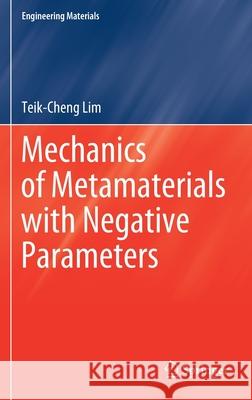Mechanics of Metamaterials with Negative Parameters » książka
topmenu
Mechanics of Metamaterials with Negative Parameters
ISBN-13: 9789811564451 / Angielski / Twarda / 2020 / 698 str.
Mechanics of Metamaterials with Negative Parameters
ISBN-13: 9789811564451 / Angielski / Twarda / 2020 / 698 str.
cena 685,93 zł
(netto: 653,27 VAT: 5%)
Najniższa cena z 30 dni: 655,41 zł
(netto: 653,27 VAT: 5%)
Najniższa cena z 30 dni: 655,41 zł
Termin realizacji zamówienia:
ok. 22 dni roboczych
Bez gwarancji dostawy przed świętami
ok. 22 dni roboczych
Bez gwarancji dostawy przed świętami
Darmowa dostawa!
Kategorie:
Kategorie BISAC:
Wydawca:
Springer
Seria wydawnicza:
Język:
Angielski
ISBN-13:
9789811564451
Rok wydania:
2020
Wydanie:
2020
Numer serii:
000089500
Ilość stron:
698
Waga:
1.16 kg
Wymiary:
23.39 x 15.6 x 3.81
Oprawa:
Twarda
Wolumenów:
01
Dodatkowe informacje:
Wydanie ilustrowane











